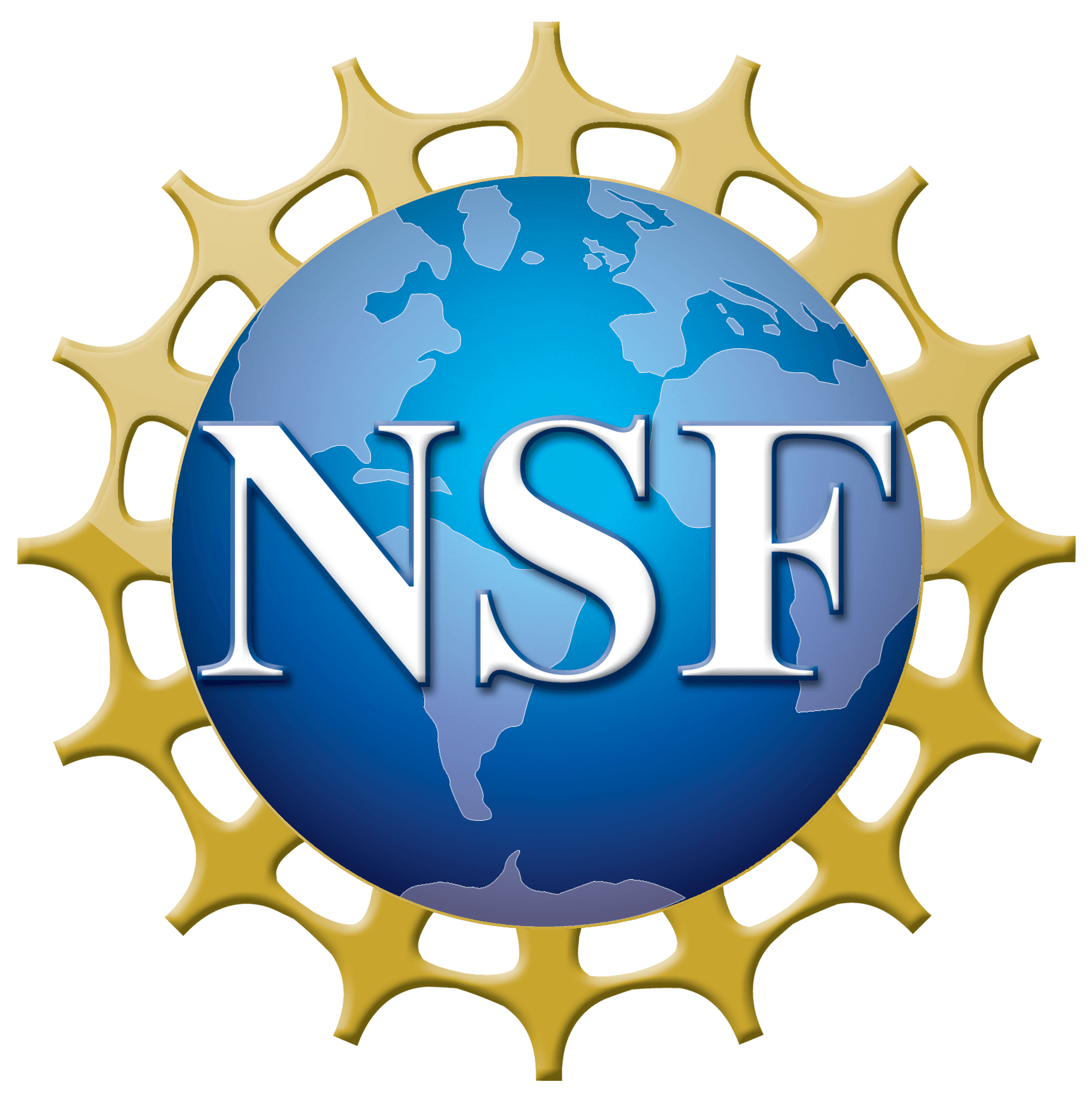Latest NRAO News
News is managed by NRAO News & Public Information. Questions about News? Have a story to share? Want to interview a scientist or create new media about our telescopes?
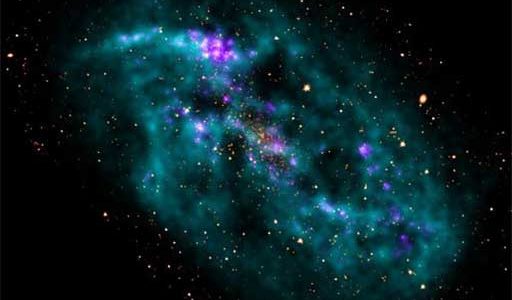
Astronomers have produced a scientific gold mine of detailed, high-quality images of nearby galaxies that is yielding important new insights into many aspects of galaxies, including their complex structures, how they form stars, the motions of gas in the galaxies, the relationship of normal matter to unseen dark matter, and many others.
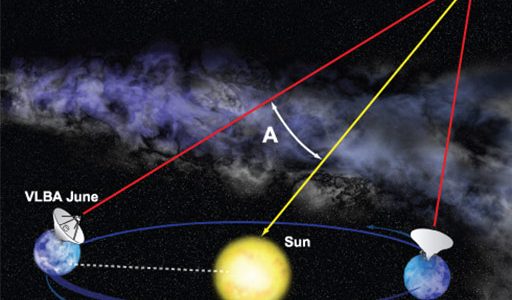
Having the sharpest pictures always is a big advantage, and a sophisticated radio-astronomy technique using continent-wide and even intercontinental arrays of telescopes is yielding extremely valuable scientific results in a wide range of specialties. That’s the message delivered to the American Astronomical Society’s meeting in Austin, Texas, by Mark Reid of the Harvard-Smithsonian Center for Astrophysics, a leading researcher in the field of ultra-precise astronomical position measurements.

A new series of short radio programs designed to bring the space-age science of radio astronomy down to Earth is being launched by the National Radio Astronomy Observatory and Allegheny Mountain Radio.
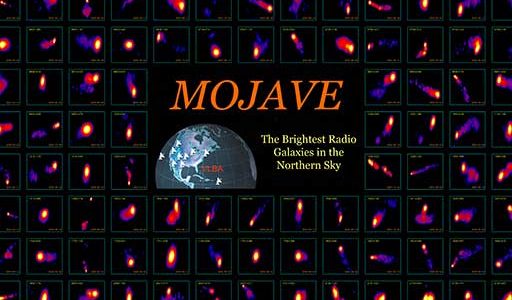
Astronomers have known for decades that supermassive black holes at the cores of galaxies can shoot out jets of subatomic particles at tremendous speeds.
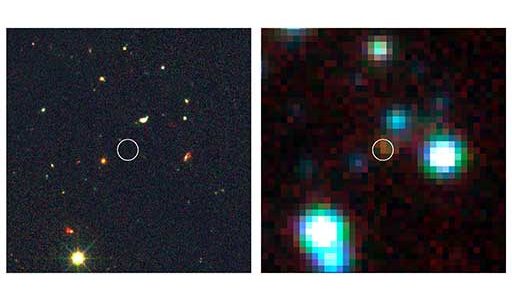
A furious rate of star formation discovered in a distant galaxy shows that galaxies in the early Universe developed either much faster or in a different way from what astronomers have thought.
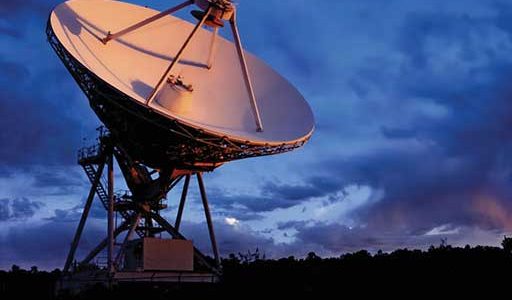
Two of the world’s leading astronomical institutions have formalized an agreement to cooperate on joint efforts for the technical and scientific advancement of radio astronomy.




